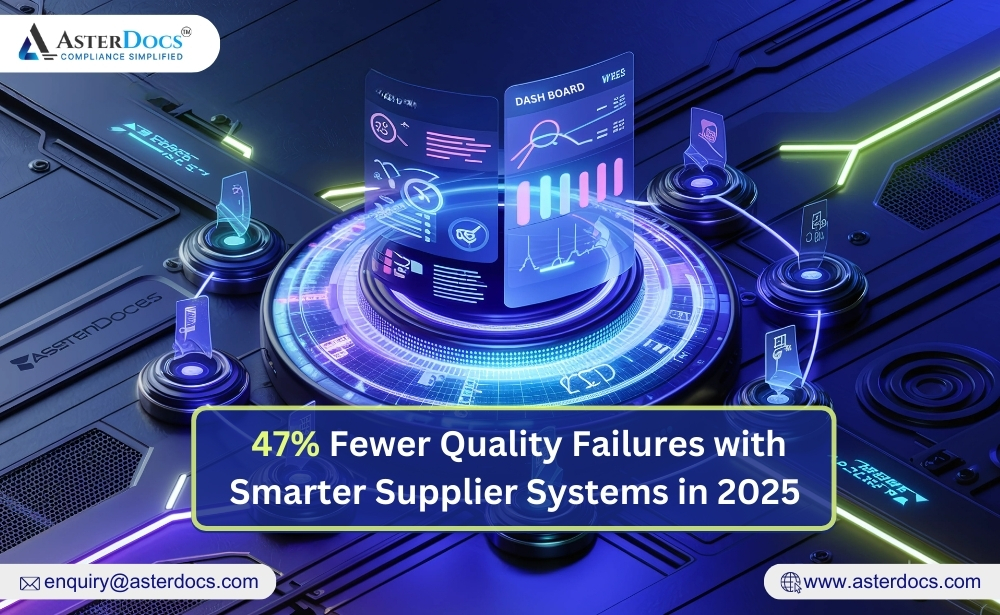In today’s fast-paced global marketplace, supply chain resilience is critical to make or break a business. Companies are increasingly recognizing the importance of not just having a supply chain but having one that can withstand unexpected disruptions and challenges. This blog will explore how technological innovations are pivotal in transforming resilience in supply chain.
The Role of Supply Chain Resilience
Supply chain resilience refers to a supply chain’s ability to adapt and respond effectively to unexpected disruptions while maintaining continuous operations. These disruptions can range from natural disasters and geopolitical issues to economic crises and, as we’ve all experienced, pandemics.
A resilient supply chain can:
- Quickly Identify Risks: Resilient supply chains use technology to monitor, assess, and predict potential risks in real time. This allows for early intervention and mitigation.
- Diversify Suppliers: They leverage data and analytics to diversify their supplier base, reducing dependency on a single source.
- Enhance Communication: Communication within the supply chain is crucial. Resilient supply chains use technology to enable seamless communication between all stakeholders, from suppliers to customers.
- Optimize Inventory: They utilize advanced analytics and forecasting tools to optimize inventory levels, ensuring they have what they need when needed.
- Adapt Quickly: Resilient supply chains are agile and adapt quickly to changing circumstances. They can reroute shipments, change production plans, and adjust inventory levels.
The Impact of Technological Innovations
So, how are technological innovations making all of this possible? Let’s delve into some key areas:
Data Analytics and AI
The use of big data analytics and artificial intelligence (AI) has revolutionized supply chain management. These technologies can process vast amounts of data from various sources, allowing for real-time monitoring and decision-making. Predictive analytics can also forecast potential disruptions, enabling proactive measures to be taken.
Blockchain Technology
Blockchain provides transparency and traceability in the supply chain. It allows all parties involved to have a single, immutable ledger of transactions. This technology is beneficial for verifying the authenticity and origin of products, which is crucial in industries like food and pharmaceuticals.
Internet of Things (IoT)
IoT devices, such as sensors and RFID tags, can track the location and condition of products in transit. This real-time visibility ensures that deviations from the norm are quickly detected and addressed. It’s precious for industries with perishable goods or sensitive products.
Cloud Computing
The cloud has transformed supply chain management by providing a centralized data storage and collaboration platform. This enables real-time information sharing and access from anywhere, improving coordination among supply chain partners.
Digital Twins
A digital twin is a virtual representation of a physical object or system. Digital twins can model the entire supply chain in supply chain management, allowing for simulations and “what-if” scenarios. This helps in optimizing operations and responding to disruptions.
Challenges and Considerations
While technological innovations have undoubtedly enhanced supply chain resilience, they also bring challenges. Cybersecurity is a significant concern, as an interconnected supply chain is vulnerable to cyberattacks. Additionally, there is a learning curve associated with adopting new
technologies.
Conclusion
In a world where disruptions are becoming more frequent and unpredictable, supply chain resilience is not just a competitive advantage; it’s a necessity. Technological innovations have become indispensable tools for achieving this resilience. Companies that embrace these technologies and adapt to the changing landscape of supply chain management will be better positioned to navigate the challenges of the modern business world. Supply chain resilience is no longer an aspiration; it’s an imperative.













